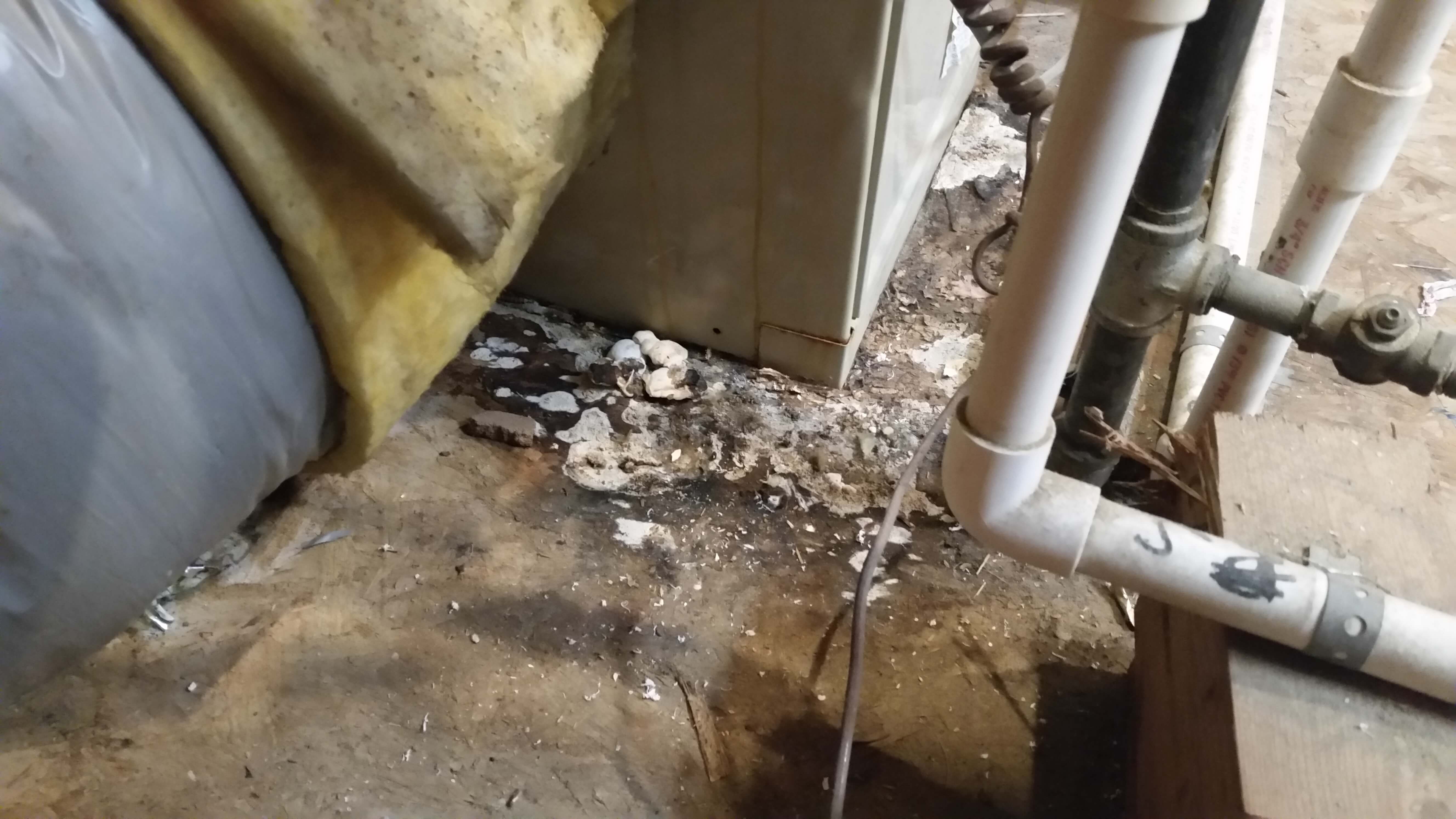The attic is one of the most important parts of your home, as it helps to regulate the temperature of your house and keep it from overheating. However, if the attic gets too hot, it can cause damage to your roof, as well as make your home uncomfortable and expensive to cool.

Image: environmentalairsystems.com
Fortunately, there are a few things you can do to help remove this heat from your attic and keep it cool. In this blog post, we’ll discuss some of the most effective ways to ventilate your attic and prevent it from getting too hot. So if you’re looking for ways to keep your attic cool, keep reading!
Understanding the Importance of Attic Ventilation
To fully grasp the significance of ventilating your attic, it’s crucial to recognize its primary purposes, which include temperature regulation, moisture removal, and structural preservation. A properly ventilated attic allows heat and moisture to escape, preventing it from accumulating and causing problems like heat buildup, condensation, and mold growth.
By maintaining an optimal temperature and moisture level in your attic, you prolong the life of your roof, avoid costly repairs, and ultimately ensure a more comfortable living environment. so if you’re serious about safeguarding your home and maximizing its lifespan, prioritize attic ventilation.
Effective Methods for Ventilating Your Attic
There are several methods to efficiently ventilate your attic, each serving a specific purpose. We’ve compiled a list of these methods, along with their benefits, to guide you in choosing the best approach for your home:
- Soffit Vents: These vents are installed along the eaves of your roof, allowing air to enter the attic from below. Soffit vents are crucial for providing fresh, cool air to the attic, as they draw cool air from outside while releasing warm, moist air.
- Ridge Vents: Located at the peak of the roof, ridge vents facilitate the escape of warm air from the attic. As hot air rises, it naturally flows towards the ridge, and ridge vents allow it to escape, promoting proper airflow and ventilation.
- Gable Vents: Gable vents are placed in gable ends (the triangular sections of your roof) and are designed to allow air to enter and exit the attic. They work in conjunction with other vents to create a balanced ventilation system, ensuring adequate airflow and moisture removal.
In addition to these essential vents, you can consider additional measures to enhance attic ventilation:
- Roofing Felt: Select a roofing felt with a high perm rating, which indicates its breathability. A permeable roofing felt allows moisture to escape, preventing it from becoming trapped in the attic and causing damage.
- Insulation: Proper insulation is vital for preventing heat gain in the attic. Consider using reflective insulation, which helps reflect heat away from the attic, keeping it cooler.
- Air Sealing: Seal any gaps or cracks in your attic, including around vents and pipes, to prevent warm air from entering and cool air from escaping, maintaining proper attic temperature.
Expert Tips for Optimal Attic Ventilation
To ensure the best possible attic ventilation, follow these expert recommendations:
- Install Adequate Vents: Provide enough ventilation by installing soffit vents, ridge vents, and gable vents in the appropriate quantities and locations, based on your attic’s size and layout.
- Consider Wind Direction: Position roof and gable vents strategically, considering the prevailing wind direction in your area. This ensures optimal airflow and ventilation.
- Maintain Vent Clearances: Regularly check and clear debris such as leaves, branches, or snow from vents to maintain proper airflow. Obstructed vents can significantly reduce ventilation effectiveness.

Image: structuretech1.com
FAQs: Addressing Common Attic Ventilation Concerns
We’ve compiled a list of frequently asked questions about attic ventilation to address your concerns and provide clear answers:
- How can I tell if my attic is properly ventilated?
Proper ventilation ensures your attic is cool and dry, with no musty odors or signs of moisture buildup, such as mold or mildew. - Is it acceptable to block attic vents for insulation?
No, blocking attic vents with insulation is strongly discouraged. Adequate ventilation is crucial for preventing moisture buildup and heat accumulation in the attic. - How often should I inspect my attic vents?
Regularly inspect your attic vents, especially during spring and fall, to ensure they are clear of obstructions and functioning correctly.
How To Get Heat Out Of Attic
Conclusion
Having a well-ventilated attic is crucial for the health of your home and the comfort of its occupants. The methods and tips discussed in this blog post will help you effectively ventilate your attic, reduce heat buildup, and maintain optimal indoor air quality. Remember, a well-ventilated attic is a happy attic!
To further enhance your understanding of attic ventilation, consider consulting with a professional roofing contractor or HVAC specialist. They can provide expert guidance and ensure your attic is properly ventilated.
Thank you for reading, and if you found this information helpful, feel free to share it with others who might benefit from it.